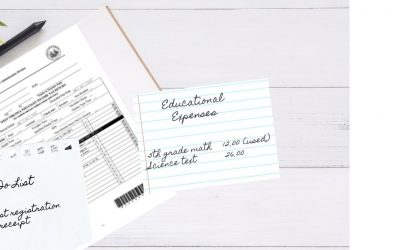A debate rages about how much authority, if any, the state should have over home education. That debate is heating up as we move into this year’s legislative session.
Recently, the assertion that many WV homeschoolers are educationally neglected has gained momentum. The proposed solution is to turn the clock back to pre-2016, when the WV Compulsory Exemption Law required both a Notice of Intent and assessment results to be submitted each year to the county for every homeschooled child. However, those of us who were homeschooling pre-2016 must testify that, even with annually submitted NOI’s and assessments, counties wielded exactly the same argument then as they do now: they wanted more personal information and more control. Then as now, county officials and attendance officers called for more regulation and tracking in order to tell if homeschoolers are “educationally neglected,” so it’s obvious that simply reinstating annual submissions and repetitive paperwork will not satisfy County Board officials.
That fact established, let’s discuss at least one distinct disadvantage of turning in annual assessment results, which was required from 1986 to 2016. After the annual assessments were turned in each year, CHEWV began hearing from families all across the state who received errant letters from their counties in response. Who received these letters most frequently? The most fragile parents: those educating sons and daughters with learning challenges. Many of these children scored below the 50th percentile, which was the standard at that time for acceptable progress. Despite the fact that the average of all five subjects had to meet the standard, counties persistently sent intimidating letters if single scores were below the standard. As a result, year after year CHEWV volunteers held the proverbial hands of intimidated families – who understandably believed that the county correspondence was correct and legitimate. CHEWV contacted counties, patiently explaining that the letters contradicted the law. We also appealed to the state superintendent’s office on several occasions. But the letters continued every year, consistent from a few counties, sporadic from others. We wondered how many other families were affected and frightened – the families we didn’t hear from. While we obviously have no way of knowing what every county is doing with every family, those we heard from allow us to know what happens when assessment results are turned in annually.
In 2016, therefore, it was a pleasure to ask legislators for relief from annual assessment submissions – and to gain modification to submit at 2-3 year intervals. This seemed justified because turning in assessment results wasn’t used to actually help homeschooled children. At best, counties checked off that they were received; at worst, they were used as fodder to get students back for increased funding. But always, some parents whose children struggled – despite appropriate and individualized educational methods – dealt with overreaching county officials.
It’s tempting to believe that everything is done altruistically for the benefit of children – without money or other motives in mind. But history teaches us that thirty years of turning in assessments did not satisfy the state. Neither did it help us pass Tebow bills or gain access to marching bands, therapies or choirs.
The clock may get rolled back despite our best efforts, but the question we ask is this: Would that really make a positive difference?




Recent Comments